Diamond Grading Report
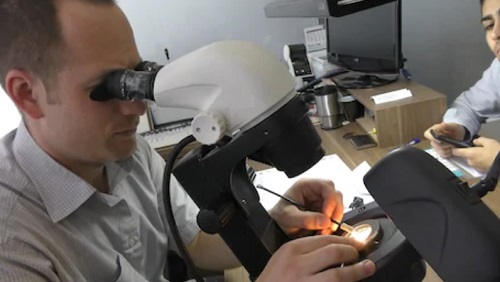
Grading a diamond under a standard 10X magnification.
If you are shopping for an engagement ring or any form of diamond jewelry, the importance of having a reliable grading report cannot be overstated. More commonly known as a “diamond certificate”, the grading report contains specific details about the qualities and characteristics of a diamond.
As a consumer, the grading report is your assurance that you are getting exactly what is described in the piece of diamond jewelry. Bear in mind you should only buy diamonds with reports issued by an independent gemological laboratory like GIA or AGS.
Besides the evaluation and assessment of a diamond, the grading report is also useful if you want to sell unwanted jewelry or if you are planning to buy an insurance policy to protect your investment.
One of the biggest mistakes I noticed is that shoppers don’t pay enough attention to what is stated in the grading document. In fact, most people simply take a casual look at the report and never give any deeper thoughts about the information inside it.
In this article, I’m going to show you how to read a diamond grading report correctly and the things you need to look out for. I’m also going to delve deeper into analyzing the details on the lab report so that you make an educated purchase for a bright, sparkly ring.
Here is a list of topics we will be covering:
- Using GIA Grading Reports as a Benchmark
- 1) Header of the Report – Who Graded the Diamond?
- 2) Report Number, Cutting Style And Measurements
- 3) The Four Cs – Classification And Attributes
- 4) Additional Grading Information
- 5) Reference Diagrams
- 6) Security Features And Authenticity Marks
- How to Read a Diamond Certificate – A Video Summary
- In-depth Articles on the Different Elements of Lab Reports
Using GIA Grading Reports as a Benchmark
I am going to use a GIA diamond grading report to do a breakdown of various components found in a diamond certificate. The reason behind using GIA as the benchmark is that they are the leading authority in gem grading and are highly recognized in the industry.
Here’s a quick historical trivia – Did you know GIA invented the system of grading diamonds with the 4Cs? Due to the elegance and simplicity of relaying a diamond’s gemological information, the grading system was well-received by both consumers and members of the trade.
In fact, the majority of other gemological organizations adopt a similar version of GIA’s grading system.
That is to say, if you can read a GIA report, you won’t have difficulties understanding grading reports from other organizations like AGS or HRD. The main differences between these lab grading reports lie in the different terminology and classification terms used.
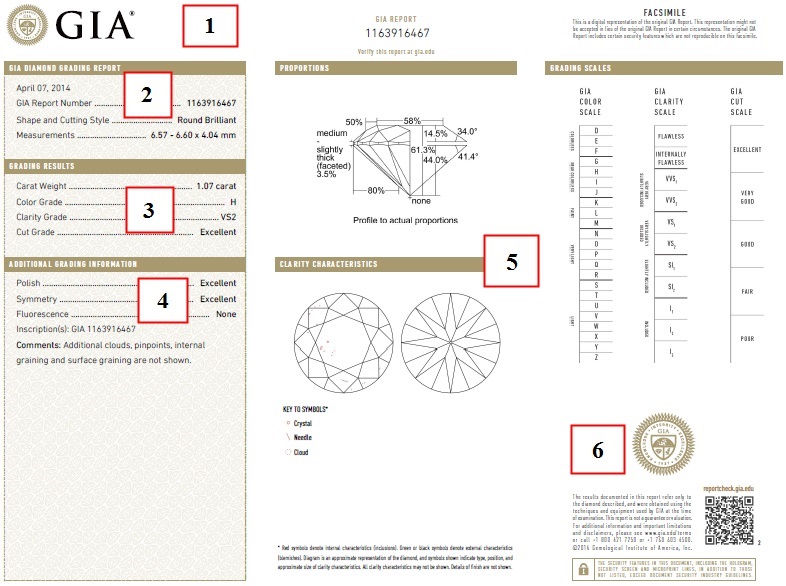
Anatomy of a GIA diamond grading report.
1. Header of the Report – Who Graded the Diamond?
The first detail to look for is the name of the issuing laboratory. The more well-known labs in the industry are GIA, AGS, EGL, IGI, and HRD but there are also plenty of other “specialty services” who issue reports too.
The more important question here is who uses these specialty services and why? You might have encountered the notoriously “cheap” diamond deals that come with obscure grading reports from “independent” appraisers or in-house gemologists.
The truth is, there are no deals here.
These “cheap” diamonds are usually what they are; low quality diamonds that aren’t worth the fees of sending it to a proper lab for grading. Instead, unethical jewelers bank on the lax grading standards of “independent” appraisals and biased in-house reports to make low quality diamonds look better on paper. As a result, uneducated consumers often get ripped off by scumbags like these.
The bottom line is that you should only consider buying diamonds graded by GIA or AGS. The other labs have lenient standards and often over-grade diamonds for the benefit of the jeweler. For more information, you can refer to our article on the differences between gemological labs.
2. Report Number, Cutting Style And Measurements
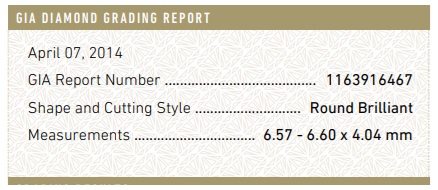
The next detail you would notice is the report number, which is a unique series of digits for record keeping purposes. Most labs retain this number in their database in case you misplace your report and need a replacement. More importantly, this number also allows you to have a direct verification of the document via the gemological lab’s website.
Continuing downwards, you can find information about the diamond’s characteristics, listed in this order: shape and cutting style and measurements. The first feature describes the shape of the stone and its cutting style, such as round brilliant or pear modified brilliant. After that, you can see information about the diamond’s physical dimensions measured to the nearest hundredth of a millimeter.
3. The Four Cs – Classification And Attributes
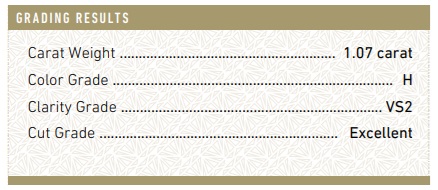
Moving on to the next section is the carat weight, which describes the weight of the stone measured to the hundredth of a carat. The color grade is based on an assessment of the lack of color in the diamond. Color grades start from D to Z and the fancy color grading system is applied if a diamond displays a color intensity beyond the Z color rating.
The clarity grade is determined by a gemologist who examines the stone under 10X magnification for inclusions and imperfections.
If the diamond is a standard 57 facets round brilliant, all reports dated after 2006 will include a cut grade. The cut grade is assigned based on a scale of excellent to poor in a GIA report. As a consumer, this is one of the most important qualities to look out for since it directly affects the brilliance and sparkle of the diamond.
That said, each of these Cs are important factors for consideration when you are buying a diamond. I had covered each topic extensively in different sections of our website. For more details, make sure you use the header menu of the website and navigate to the corresponding topics.
Never Depend Solely on a Grading Report in a Purchase
While the diamond certificate might reveal some details on a stone’s cut, it doesn’t tell you the whole story. Don’t commit the same mistakes the majority of consumers make when choosing a diamond. Click here to uncover the secrets that jewelers won’t tell you and learn how to go beyond the 4Cs…
4. Additional Grading Information
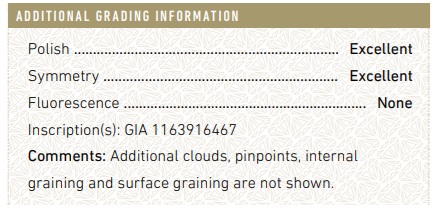
The finish of the diamond is influenced by 2 factors; polish and symmetry. The ratings assigned here will affect the shape appeal and cut grading as they directly impact the diamond’s appearance.
Polish is an indication of how smooth the diamond’s surface is. A well-polished diamond can produce crisp looking reflections and undistorted light transmissions. Symmetry is the comparison of how the stone’s facets are shaped, positioned and aligned in relation to one another. For detailed information on polish and symmetry, click here.
The next feature you can find in this section is the description of the diamond’s fluorescence properties. The fluorescence of a diamond is described based on the intensity and the color it glows with when exposed to ultraviolet (UV) light.
So, is fluorescence a good or a bad thing? This is perhaps one of the most misunderstood properties and there is a lot of misinformation about fluorescence. I’ve addressed all the related questions here and I strongly encourage you to read this article if you intend to buy a diamond with fluorescence.
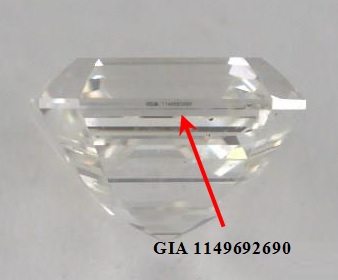
Laser inscription seen under 10X on the girdle of an Asscher cut
Under the “Other Comments” section, all other miscellaneous information about the diamond will be listed here. For example, laser inscriptions (if any), additional details to help with identification and clarity characteristics that are too complicated to be plotted in the reference diagram can be found here.
Note: while most comments made in this segment are benign, there are a couple that raises a red flag and requires closer examination. This article takes an in-depth look at all the possible notes made under the “Other Comments” segment and shows you what to look out for.
5. Reference Diagrams

Every diamond is unique in terms of its clarity characteristics. Like our fingerprints, the clarity plot diagram is a graphical representation of the diamond’s “birthmarks”. When looking at the symbols and identifying the types of flaws, you should pay extra attention to what you see.
Blemishes (external) are marked in green color while inclusions (internal) are marked in red. If you are interested to see how the different clarity characteristics look like in real life, head over to this page here to view detailed photographs of them.
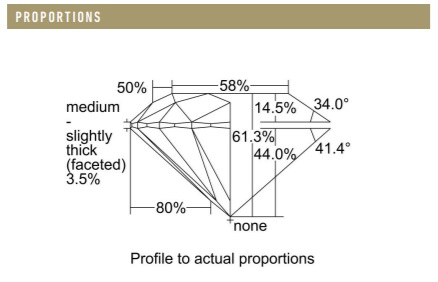
Next, you will find the critical proportions of the stone indicated in a profile view. This proportions diagram is useful for people who wish to analyze the diamond based on numbers like table %, depth %, crown angles, pavilion angles and girdle thickness. Note: The proportions diagram given for fancy shapes usually omit values for crown and pavilion angles.
On the proportions diagram, the presence of a culet and the diamond’s girdle thickness are also indicated. For modern brilliant cuts, the absence of a culet (None) is preferred because a large culet can actually cause the appearance of the diamond to detract from its usual appeal. For girdle thickness, a range between thin – slightly thick is preferred so that the diamond faces up bigger for its size.
6. Security Features And Authenticity Marks
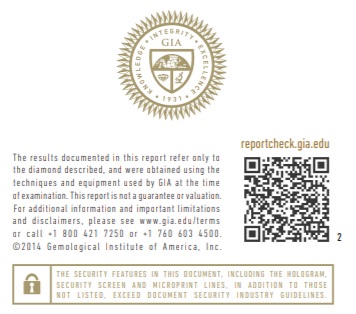
In the final part of the report, you should look out for security features as they can help prove the authenticity of the document. Typically, these security marks come in the form of a hologram, a universal product code or an embossed stamp.
For peace of mind, most labs provide an online verification service where you can perform an instant verification. For your convenience, I’ve have compiled a list of URLs where you can do the checks here.
How to Read a Diamond Certificate – A Video Summary
In-depth Articles on the Different Elements of Lab Reports:
Remember, knowledge is power. The more knowledge you have about diamonds, the better equipped you will be for making rational choices. Check out these indepth articles on the various aspects of diamond grading.
-
- Depth And Table Values in the Proportions Plot
These are the 2 most important values in a diamond’s proportion plot. However, these 2 values by themselves aren’t enough to tell you how a stone looks like in real life and you need more data to work with in conjunction with these values. - Importance of a Diamond’s Girdle Thickness
The diamond’s outermost circumference is called the girdle. The girdle thickness can range from different values depending on how the diamond was cut. This leads us to the following questions. What kind of girdle thickness is optimal? Is the finishing on the girdle of importance? You will find answers in this article. - Other Comments Section of a Lab Report
Gemological lab reports contain a section called “Other Comments” which lists clarity features of the diamond that aren’t plotted in the graphs. Most of the times, the clarity characteristics listed here are minor issues but it pays to take a closer examination. - HRD Diamond Certification Lab – Are They Reliable?
GIA, AGS and EGL are the major players in the grading industry. Besides them, one of the gemological lab that is very popular in Europe is the HRD lab. This begs the question: is a certificate from HRD any good? Find out more in this review… - Hearts And Arrows Patterning – How to Analyze Them?
You may have heard about the hearts and arrows phenomenon that is displayed by round cut diamonds but do you know what they are used for and how you can analyze them for the diamond’s cut precision? This article reveals an easy tutorial to explain this. - Recommended Places to Buy a Diamond Engagement Ring
When it comes to buying a diamond engagement ring, you want a vendor that looks out for your interest and offers you risk-free policies for your purchase. Find out which are the best places to get a high quality ring at competitive prices here.
- Depth And Table Values in the Proportions Plot
Related Articles
Leave A Comment

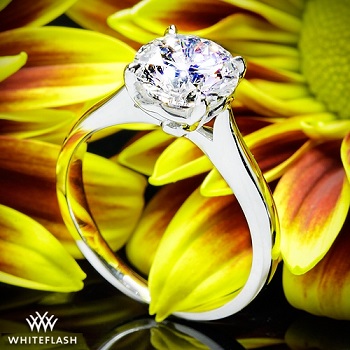

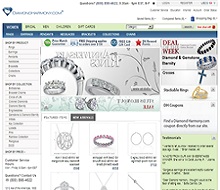

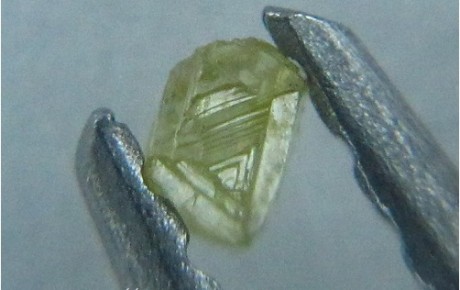
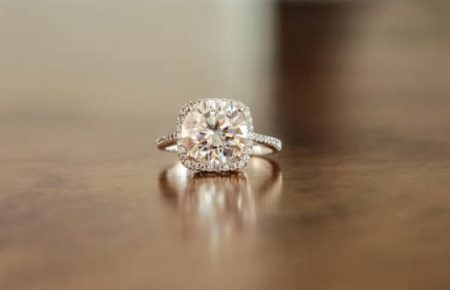
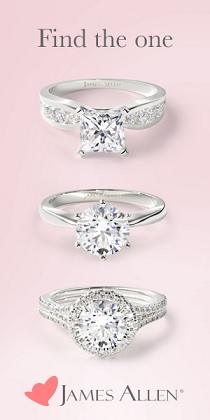









15 Comments
Under the girdle thickness area, what do you mean by finish? My GIA report states that the girdle is faceted. Is this normal?
A faceted girdle is normal and is usually the type of finish that people like to see. Hence, the reason why cutters polish them in this manner. You can find out more here: https://beyond4cs.com/grading/girdle-thickness/does-finishing-matter/
I’m looking for diamond classification charts where I can see the amount of flaws in each category. Can you help?
I think you are probably referring to the classification of diamond clarity ratings. This information can be found here: https://beyond4cs.com/clarity/
Hi Paul,
Do the first digit (s) of an GIA report number mean anything (such as which mine the diamond is from or any other characteristic)?
Thank you.
Nope. As far as I know, it doesn’t mean anything like that.
Hi, I recently viewed a website which is
a diamond assessing center on Fifth Avenue close to the diamond district. It is a service, not a jeweler, which offers drop-in assessments of diamonds for low or no charge, so that the seller can go to a jeweler with some sort of idea of value in advance. I have mislaid the link to this service, and I hope that you might give it to me. Thank you for your help.
VIncent Schneider
What’s the point in doing so? Possibly paying a fee to find out the “value” of a diamond sounds illogical and silly.
You can use the techniques outlined here to do that for free and with good accuracy – https://beyond4cs.com/diamond-prices/
Hi Paul,
First off, great website! All your advice has really helped me find and choose a diamond.
I had a question regarding inscriptions.
I recently bought a GIA-certified loose diamond (1.2 ct, VS2, H) from James Allen, but it was not inscribed with the GIA report number. The JA rep said I could send the diamond to GIA to get it verified and inscribed, but do you think that’s worth it?
I’m not planning on selling the diamond, but I am worried about my local jeweler accidentally swapping the diamond while working on the setting/band. Are my fears overblown or should I just bite the bullet and send it to GIA to get it inscribed?
Thank you!
There’s an easier way: https://beyond4cs.com/care-and-maintenance/how-to-avoid-diamond-switching/
Thanks Paul! I read the article, and it makes sense.
However, when I look at my diamond through a 20x loupe, I can’t find any inclusions myself, and I can’t even find the small inclusions listed on the GIA report. Since your article relies on the unique inclusion plot to ID the diamond, I’m still a little concerned that I could be fooled. I’m probably overthinking all of this though…
I have a small diamond ring from an earlier marriage, could you tell me what these numbers mean? The numbers 3-732/12 7347/37. Thanks, Judy
I am not sure what they mean. I suspect they could be inscriptions used by the jeweler to indicate their product serial number or even an SKU number.
Are diamond grading reports included for each stone on a halo/diamond band? Or is it only for the center stone?
Thanks, enjoyed the read!
In general no. Most of the diamonds used in halo settings are too small and cheap for it to justify the cost of obtaining a grading report. As a guideline, I would require a certificate if the weight is bigger than 0.3 carats for a single stone.